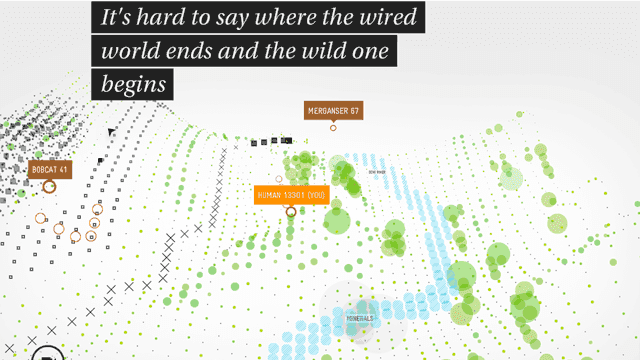For the class on Thursday February 21st.
Eliza Griffiths, General Idea, and the movie Lianna.
There's something about Eliza Griffith's work that reminds me of the movie Lianna and a slightly trashy friend of a friend that this friend suggested I add to my Facebook lately. And I did. She writes and is a woman born a man, both of which I think are great things. However she posts so much that she ends up all over my home page, and it's all a little much when combined with heavy internet-styled spelling.
I feel a little like this about the movie Lianna, and about Eliza Griffiths' paintings, although in different ways.
 |
| Eliza Griffiths painting. |
With Eliza Griffiths' paintings, my verdict is that the gaudiness pays off. Although, most often, the ghost of gender stereotyping is very much so present, Griffiths bends them and reverses them, often making the men of her paintings the beings (or objects?) to be most desired. In combination with her bright and attention fetching color palettes, they run in danger of being obnoxious, but something in them saves them from this ill-fated destiny. Maybe it's their slightly illustrative style, or the thick clay-like rendering of the figures, most often based on Griffiths herself and her husband. Either way, they seem in the midst of communicating impressions, feelings and a narrative, which saves them, in my mind, from being needy or worst, desperate.
Maybe that's what bugs me a little about watching Lianna today. Although I understand that it came out in a different time and place, I found Lianna (a $300 000-budget movie from 1983) odd to watch today. In it, Lianna, a married mother with two children, played by actress Linda Griffiths, takes night classes and begins a liaison with her instructor, a woman in her mid-fifties. She leaves her husband, and is heartbroken when her lover admits to having a permanent partner in another city. We follow her as she discovers lesbian bars and as her entourage responds to her coming out.

Although both the movie and Griffiths' paintings deal with gender norms and sexuality, I find that Eliza Griffiths' paintings are much more flattering in their depictions of the norm transgressors. In Lianna, the final "hoorah" comes when Lianna's best friend decides to "tolerate" her homosexuality by saying something along the lines of "I don't understand it and I'll never understand it, but I've known you since a long time and if you're a lesbian, than that's something that I guess I'll accept about you". Gee, thanks. Better than a declaration of war, but it's still a little bit too close to the similar statement (concerning gender equality and heterosexual relationships) of "I may not be nice, or there much of the time, or treat you nicely, but at least I don't knock you around, woman!", which I've also heard many times between popular culture film protagonists. Again, "Gee, thanks". In Lianna, sexuality is also a black and white situation, one of gay or not, and of conformity or of being an outcast. Not once was it envisioned that Lianna might be bisexual. Given that she never once alluded to not having been attracted to her husband (soon to be ex-husband), the suggestion is not a radical one, but, I assume, perhaps one that was not considered by the writers and director. Or maybe the nuance between lesbian and bisexual escaped them.
As a bisexual woman, I am lucky to be comfortable with this facet of my identity almost 100% of the time. When I am
not comfortable, however, is sometimes not so much when faced with sexist or queer-phobic ideas or language (which I mostly either directly address or dismiss as the result of insistent denial or stupidity), but when I am faced with
too much of a good thing. Before I sound like a spoiled brat, let me explain myself. Have you ever had someone be too nice to you? Like, condescendingly, uncomfortably, over-insistently too nice to you?
That's what I'm talking about. It's the type of discourse that may come from good intentions (somewhere), but that come off all wrong. What I read into it, instead of "You are just as worthy of my acceptance and attention as the average Joe or Jane on the street", is "I will pay all of my attention to you to convince you that you are worthy of me, and mostly that I am an open and accepting person."
That's hard to deal with. How do you deal with that?
The best behaviour is the behaviour that meshes my sexual identity in with the rest of my perceived identity. I am not just a bisexual woman. I am also a Canadian, an artist, an environmentalist, a leftist, a feminist, an Acadian, a francophone, a Frederictonian, and the list goes on. The best behaviour is when my friends give as much validation and conversation when (and if) I speak about a female crush as when (and if) I speak of a male crush. If you'd gush with me about a man (yes, because I'm still 12), then gush with me about a woman! And if you just don't care, then you just don't care. I'm not out for your sympathy or your charity, I just want the same opportunities while being fully myself.
In the spirit of General Idea.
 |
| "P is for Poodle" (1983) by General Idea |













_in_Ota,_Tokyo.jpg)


